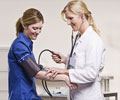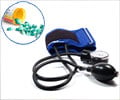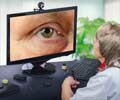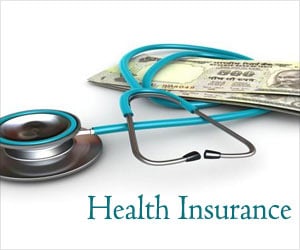According to research, using a telemedicine system outside of the doctor's office—appears to help them achieve blood pressure goals and improve adherence to lifestyle changes.
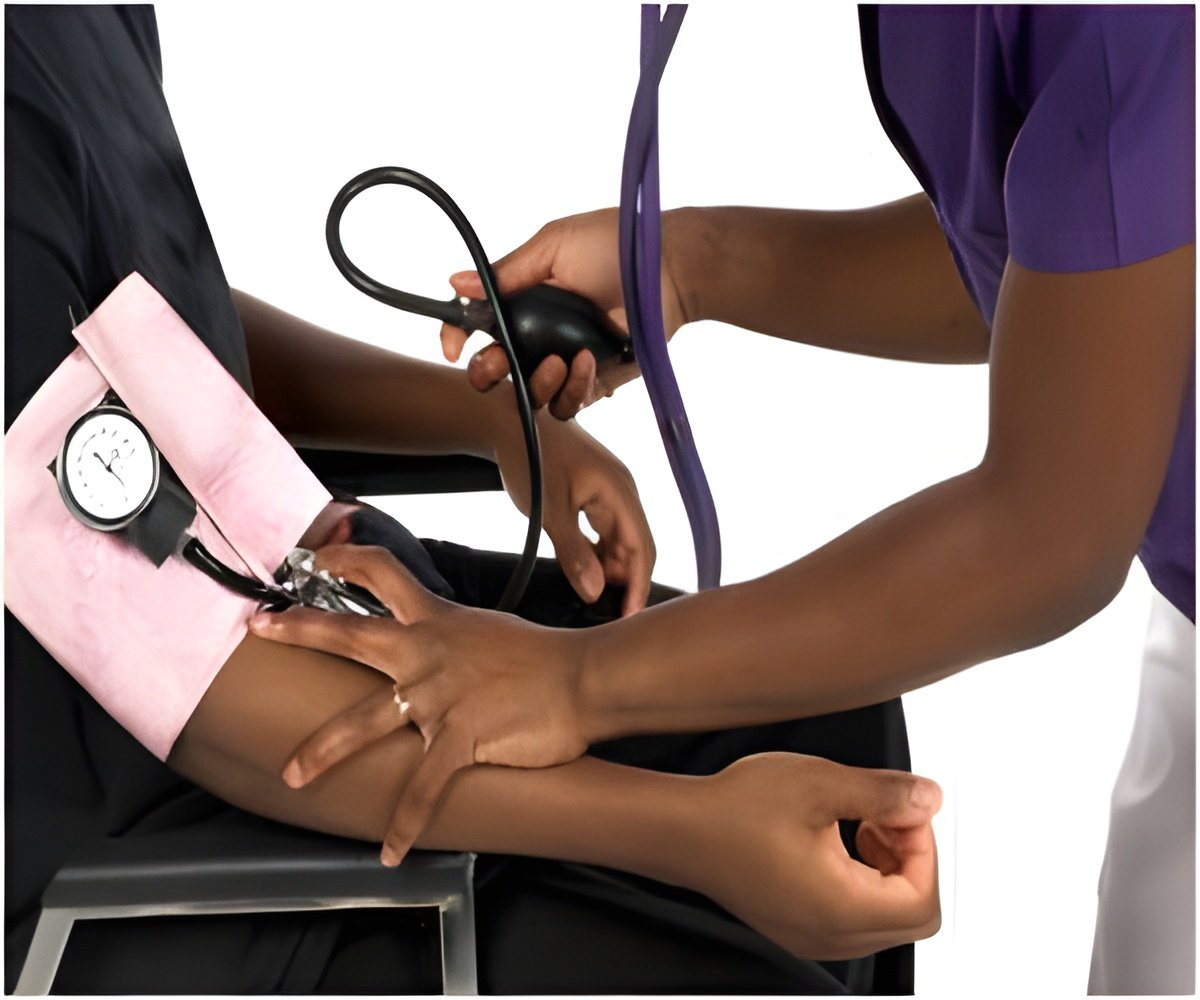
Nearly all study participants lowered their systolic blood pressure to some degree, with many reaching normal or pre-hypertensive levels. Altogether, roughly half of all patients achieved their goal blood pressure regardless of the type of care delivered. However, when looking at non-diabetic patients only, there was a significant drop in blood pressure among those using the interactive reporting system compared to those who did not, with an average drop of 19 mmHg for the telemedicine group compared to a drop of 12 mmHg for the control group.
"It seems that when asymptomatic patients with hypertension are encouraged to measure their blood pressure, record their numbers into a database, track progress and get continuous clinical advice and feedback, they are better able to manage their blood pressure and, thereby, reduce their risk of serious heart problems," said Alfred Bove, MD, past president of the American College of Cardiology, Emeritus Professor of Medicine at Temple University, in Philadelphia., and the study's lead investigator.
In a subgroup analysis, researchers found that diabetics in both groups had a similar reduction in blood pressure. Among those in the telemedicine group, nondiabetics appeared to have a more substantial drop in blood pressure compared to those without diabetes (58.2 vs. 45.2 percent). Researchers say this does not necessarily mean people with diabetes do not benefit from this system.
"Basically what we're doing with this tool is modifying behavior, and diabetics are already in a system of care—they're used to measuring their blood glucose, so they pay attention to [blood pressure] regardless of usual care or telemedicine," Dr. Bove said. "Hypertensive patients, however, are asymptomatic; they don't have any long-term system of care; they may see a doctor two or three times a year. So the telemedicine system is a process for reminding them to measure their blood pressure and manage their blood pressure."
Patients were recruited using the Temple University health system database and advertising in neighborhood and local newspapers asking people to volunteer to get their blood pressure checked. Each subject was provided a small monetary incentive to cover travel and other expenses related to their participation. Those who had a systolic blood pressure 140 mmHg or higher were eligible. Initial blood pressure was similar in both groups, with an average of 155/88.
Advertisement
While prior studies have shown the benefits of such a program among more affluent subjects, this study focused on an under served urban community, heavily burdened by high blood pressure and diabetes. A substantial number of those living in low-income, urban areas have high blood pressure—often dubbed the "silent killer" because there are no early symptoms. The danger, experts say, is that high blood pressure is the single most important risk factor for heart disease, heart failure, stroke and kidney disease.
Advertisement
Source-Eurekalert

